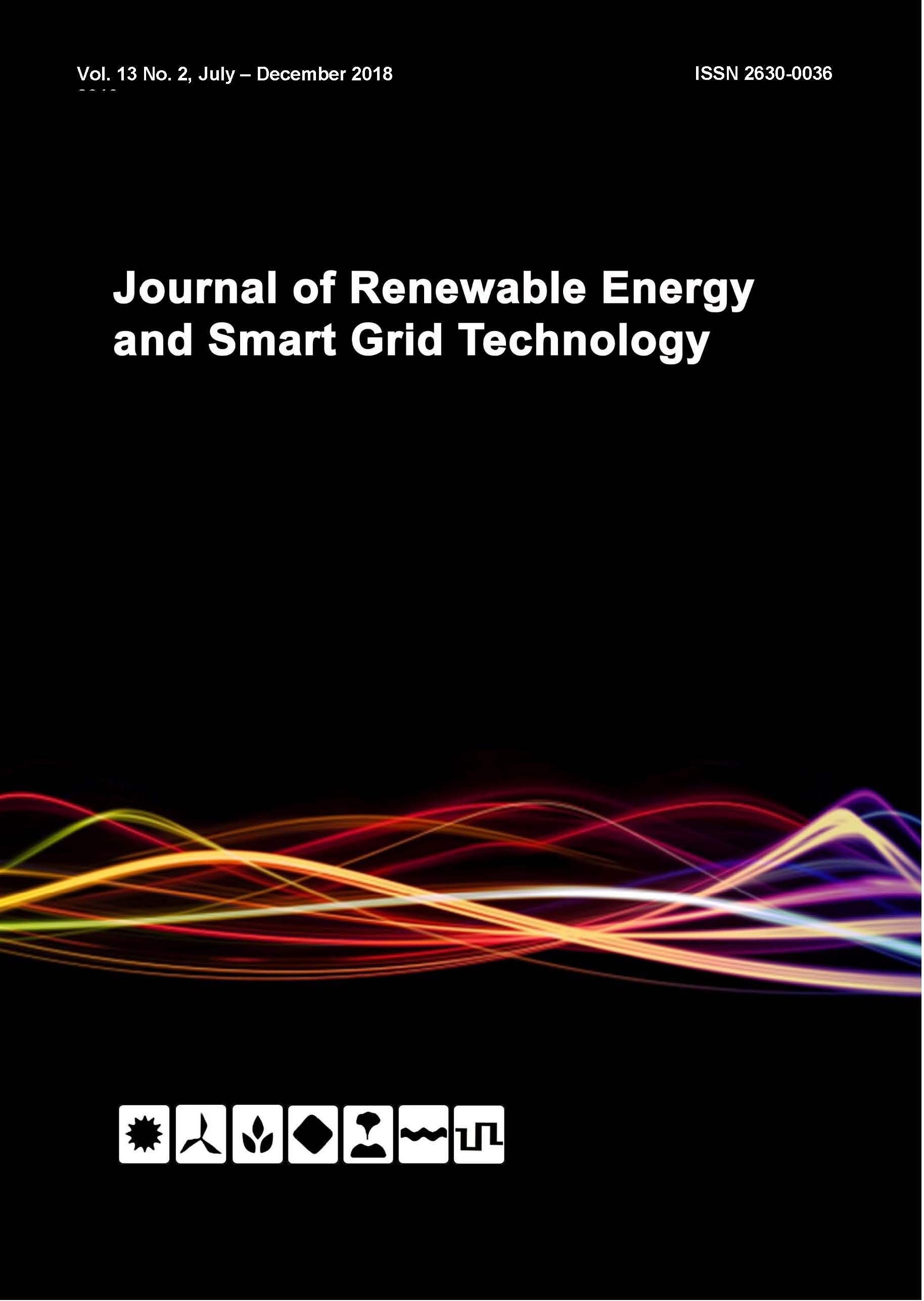Electricity Generation Mix Scenarios Simulation and Optimization in Jordan up to 2050 Using LEAP Software
Keywords:
Multi Criteria Decision Making, Long-Rang Energy Alternatives Planning System, Renewable Energy, Electricity Generation Technologies, Electricity Generation MixAbstract
This paper presents simulation and optimization model for Six electricity generation mix scenarios for Jordan up to 2050 depending on Jordan new energy strategy in the period 2015-2025 according to the ministry of energy and mineral resources in Jordan. The Long-Range Energy Alternatives Planning system (LEAP) software was applied in scenarios simulation and optimization model application on six suggested electric generation mix scenarios in order to help the decision makers in electricity strategic generation planning to meet future electricity demand in the country. The results help in planning for optimal electricity generation mix. The sensitivity analysis to be carried on model results. LEAP software analysis results that the 13,355.2 Megawatt-Years electricity generation mix by the year 2050 in Jordan will be mainly to be generated from conventional power plants 53% followed by solar and wind technologies generation 28.3% followed by nuclear power generation 13.5% then oil shale direct fired generation 3.18% and finally from coal fired generation 1.9%.
References
[2]. Jaber, J.O., Elkarmi, F., Alasis, E., & Kostas, A. (2015). Employment of renewable energy in Jordan:Current status, SWOT and problem analysis. Renewable and Sustainable Energy Reviews, 49, 490-499.
[3] Kolios, A., Mytilinou, V., Lozano-Minguez, E., & salonitis, K. (2016). A comparative study of multiple-criteria decision-making methods under stochastic inputs. Energies, 9(7), 566-
[4] Cinelli, M., Coles, S.R., & Kirwan, K. (2014). Analysis of the potentials of multi criteria decision analysis methods to conduct sustainability assessment. Ecological Indicators, 46, 138-148.
[5] János Fülöp, Introduction to Decision Making Methods, The ELECTRE methods, The PROMETHEE methods.
[6] Wimmler, C., Hejazi, G., de Oliveira Fernandes, E., Moreira, C., & Connors, S. (2015). Multi-criteria decision support methods for renewable energy systems on Islands. Journal of clean energy technologies, 3(3), 185-195.
[7] Alessio Ishizaka and Philippe Nemery.(2013). Multi-criteria decision analysis methods and software, Book: John Wiley & Sons, Ltd.
[8] S.D. Pohekar and M. Ramachandran. (2004). Application of multi-criteria decision making to sustainable energy planning—A review. Renewable and sustainable energy reviews, 8(4), 365-381.
[9] Kumar, A., Sah, B., Singh, A.R., Deng, Y., He, X., Kumar, P., & Bansal, R.C. (2017). A review of multi criteria decision making (MCDM) towards sustainable renewable energy development. Renewable and Sustainable Energy Reviews, 69, 596-609.
[10] Mardani, A., Jusoh, A., Zavadskas, E.K., Cavallaro, F., & Khalifah, K. (2015). Sustainable and renewable energy: An overview of the application of multiple criteria decision making techniques and approaches. sustainability, 7(10), 13947-13984.
[11] Demirtas, O. (2013). Evaluating the best renewable energy technology for sustainable energy planning. International journal of energy economics and policy, 3., Special Issue, 23-33.
[12] Ioannis Chatzipoulidis. (2012). Optimization techniques in long-term energy scenario modeling, Master Thesis (Sustainable Energy Planning and Management). Denmark: Aalborg University.
[13] Albert K. Awopone, Ahmed F. Zobaa and Walter Banuenumah. (2017). Assessment of optimal pathways for power generation system in Ghana. Cogent Engineering, 4(1), 1-13.
[14] Batubara, M., Purwanto, W.W., & Fauzi, A. (2016). Proposing a decision-making process for the development of sustainable oil and gas resources using the petroleum fund: A case study of the East Natuna gas field. Resources Policy, 49, 372-384.
[15] Kousksou, T., Allouhi, A., Belattar, M., Jamil, A., El Rhafiki, T., & Zeraouli, Y. (2015). Morocco's strategy for energy security and low-carbon growth. Energy, 84, 98-105.
[16] Azzam, S. (2017). Renewable energy in Jordan -Desalination of brackish water by solar energy. national center for research and development.
[17] Hrayshat, E.S. (2009). Status and outlook of geothermal energy in Jordan. Energy for Sustainable Development, 13(2), 124-128.
[18] The United Nations Environment Programme. (2011). Towards a green economy in Jordan, A SCOPING STUDY, August 2011.
[19] Jay Rutovitz, Alison Atherton, ENERGY SECTOR JOBS TO 2030: A GLOBAL ANALYSIS, Final report.
[20] Al-Hamamre, Z., Al-Mater, A., Sweis, F., & Rawajfeh, K. (2014). Assessment of the status and outlook of biomass
energy in Jordan. Energy conversion and management, 77, 183-192.
[21] United Nations industrial development organization (UNIDO) and International center on small hydro power(ICSHP). (2013). World small hydro power development report.
Downloads
Published
How to Cite
Issue
Section
License
All copyrights of the above manuscript, including rights to publish in any media, are transferred to the SGtech.
The authors retain the following rights;
1. All proprietary rights other than copyright.
2. Re-use of all or part of the above manuscript in their work.
3. Reproduction of the above manuscript for author’s personal use or for company/institution use provided that
(a) prior permission of SGtech is obtained,
(b) the source and SGtech copyright notice are indicated, and
(c) the copies are not offered for sale.



